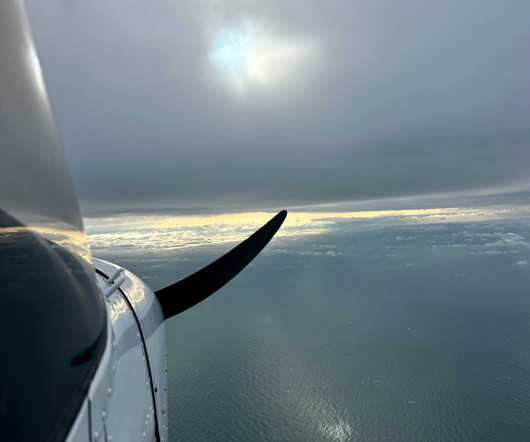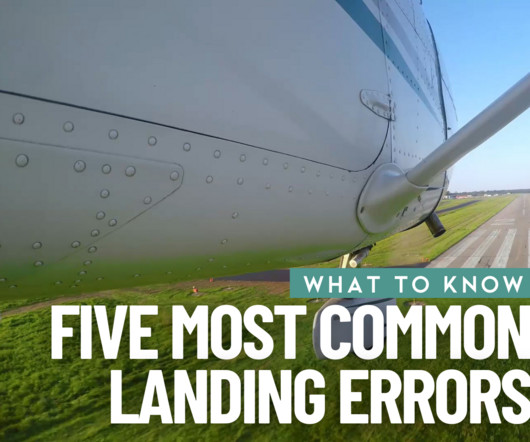Mastering Stalls: How to Recognize, Prevent, and Recover Safely
Flight Training Central
MARCH 3, 2025
Recovery is made by lowering the nose, simultaneously applying full power while maintaining directional control with coordinated use of aileron and rudder. Right rudder pressure will be needed to offset the effect of the increase in power. Then, at the first sign of a stall, lower the nose, apply power, and level the wings.

















Let's personalize your content